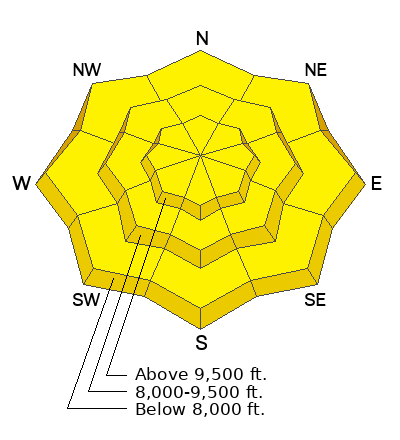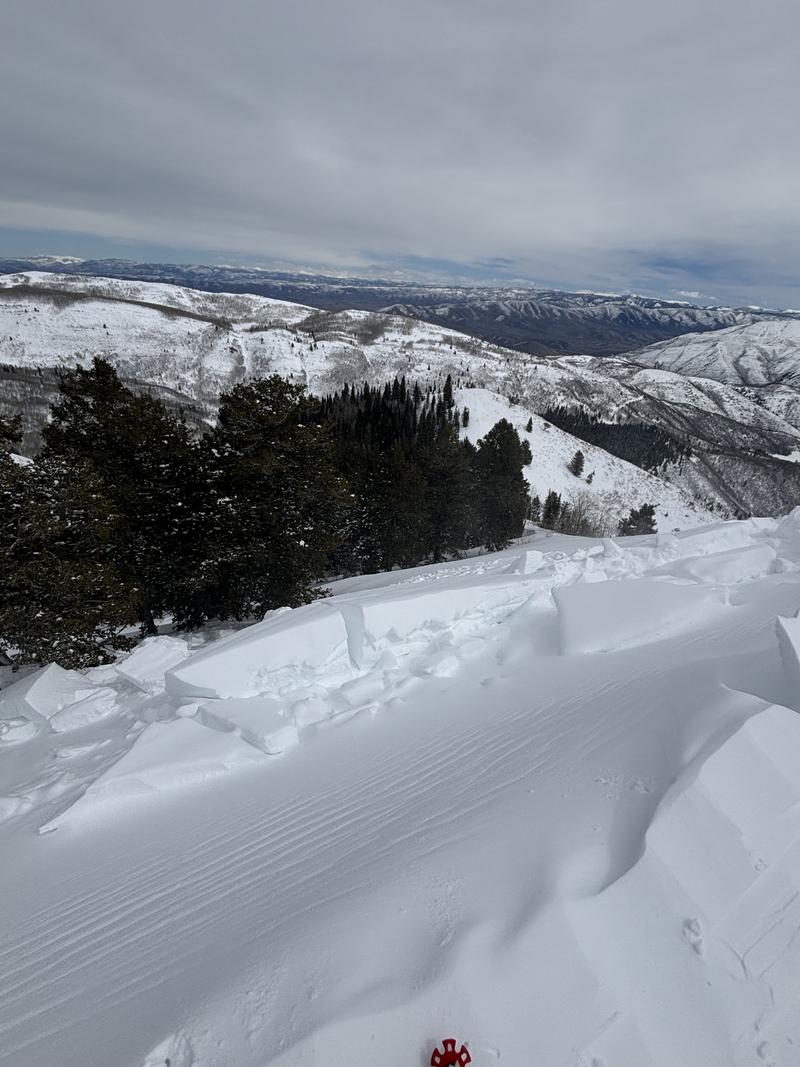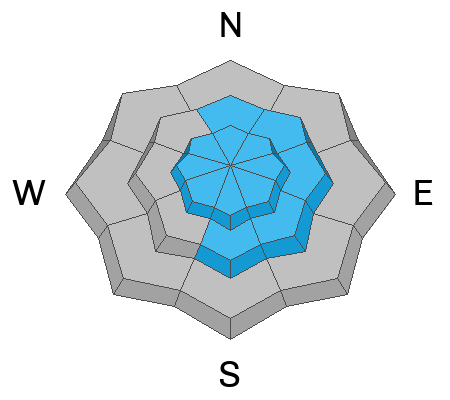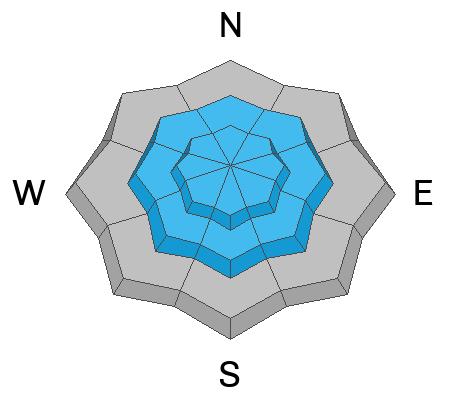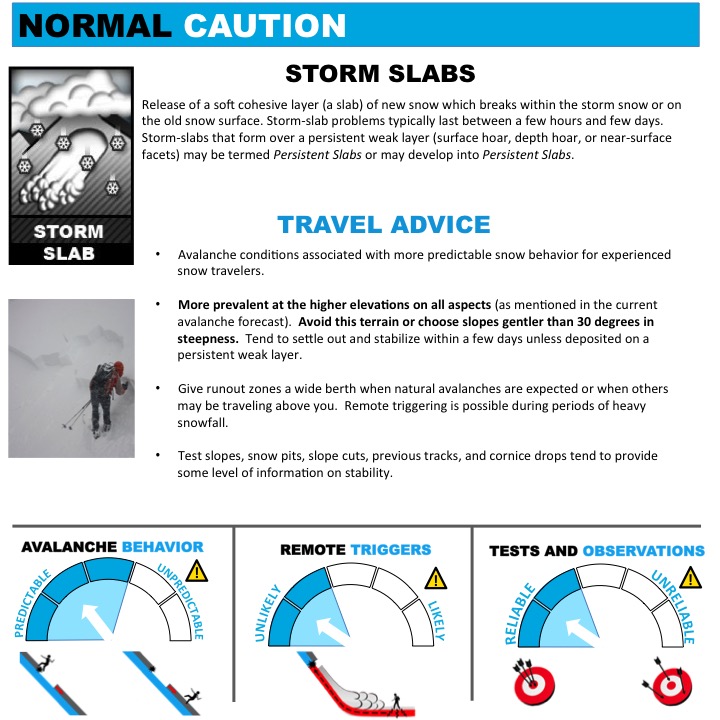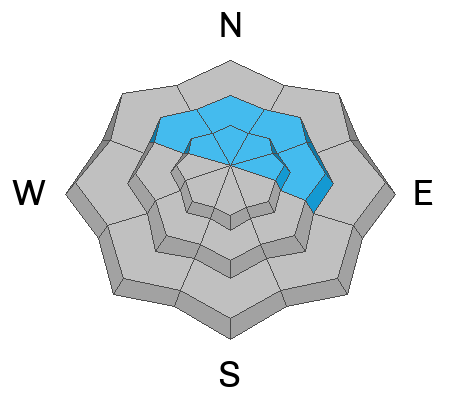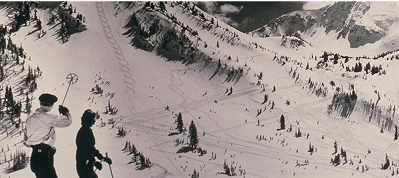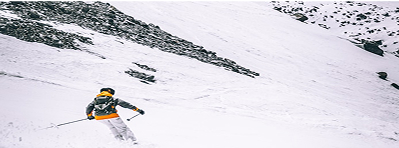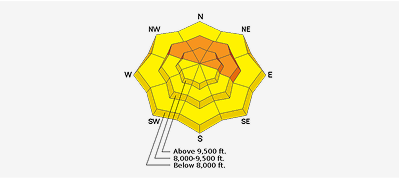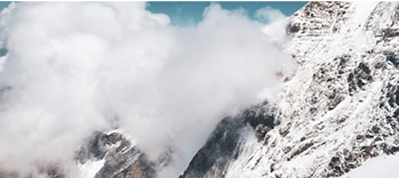Our Spring Campaign is in full swing, and there are two great ways to support forecasting, awareness, and education across Utah:
Donate to our Spring Campaign, or
Bid on items in our Spring Auction. Every dollar donated helps keep the backcountry community on top.
The storm is upon us as foretold with 4-6" reported as of 6am.
Frontal passage occurred around midnight with a dramatic drop in temperatures and a wind shift to the northwest. Mountain temperatures are in the mid-20s. The searing southwesterly winds, mercifully, are a thing of the past, having lost steam after veering to the northwest. They're averaging 10-15mph with gusts to 20. Along the highest ridgelines, they're seeing hourly averages of 25-30mph with gusts to 35.
Today: It should snow off and on today with 5-10" possible by dinnertime. Temperatures will drop toward the single digits to upper teens. The spoiler: I'm seeing moderate to occasionally strong west to northwest winds along the ridgelines today. I hope I'm wrong, but it might be worth planning your outing today for wind sheltered terrain. Let me know how it goes.
The Outlook: some clearing for Wednesday with some unsettled weather for Thursday and perhaps Saturday.
The most recent reported avalanches were fresh wind slabs noted on Sunday (Nelson pic in UFO Bowls). The searing southwesterly winds loaded many northerly facing slopes at the mid and upper elevations. The warmth and time have stabilized most (but not all) of these recent wind slabs.
It's not in our forecast zone, per se, but many Wasatch skiers and riders head to the Ruby Range just south of Elko, Nevada. Often the prize they're seeking is the Terminal Cancer couloir in Lamoille Canyon. Some local skiers had a very close call on Sunday and sent us an excellent write-up that offers some good takeaways.
Recommended reading. 
